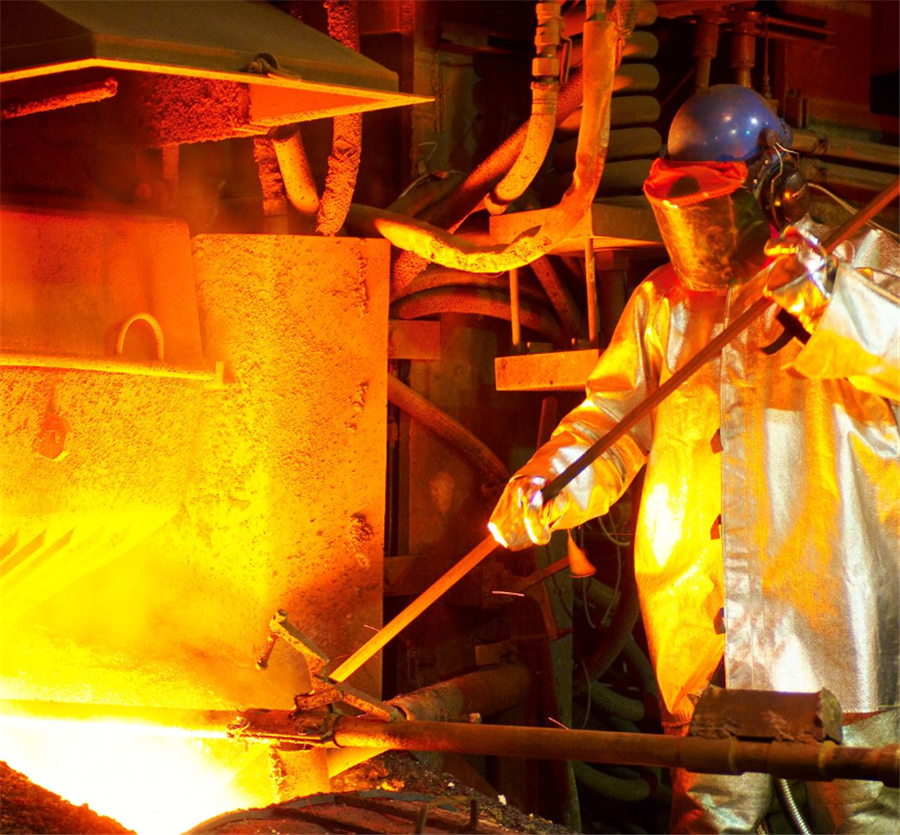Nickel set to flood the LME, turning metal squeeze into glut

The nickel market is at a “turning point” with a wave of supply of the battery metal about to hit the London Metal Exchange and push down prices, according to strategists at Macquarie Group Ltd.
The nickel market has become increasingly disconnected since the huge short squeeze that roiled the market last year, as surging production of the most widely used forms of nickel drives those prices lower, while the refined metal traded on the LME is in much tighter supply.
That dynamic is set to shift as a result of new plants in China and Indonesia to convert intermediate forms of nickel into metal that can be delivered on the LME, the first of which was approved by the exchange this week. The plants could add as much as 200,000 tons of nickel capacity by the end of next year, according to Macquarie. That could boost LME-deliverable supplies by 35% compared to 2022 levels.
LME nickel futures fell as much as 1.3% on Friday.
While the LME is the benchmark global nickel price, only about 20% of world production is in the pure metal form that is deliverable at the exchange. The rest comes as intermediate products that are used directly by the steel and battery industries.
A mining boom in Indonesia has caused a slump prices for those intermediate products. Nickel pig iron and ferronickel have been trading at around half the level of the LME price per ton of nickel, “something that is unprecedented in the history of the nickel market,” the Macquarie strategists including Jim Lennon wrote.
Now new plants are coming into production that will be able to convert those intermediates into LME-deliverable nickel metal. Led by Chinese companies like Tsingshan Holding Group Co., the largest nickel producer that was at the center of last year’s short squeeze, they will reduce China’s need to import nickel metal to close to zero by 2024, Macquarie said.
Macquarie estimated the cost of converting nickel pig iron into nickel metal would be less than $5,000 a ton, compared to average discounts of around $8,000 a ton versus the LME price over the past year.
“This ‘arbitrage gap’ is more likely to be closed by reducing LME prices,” the Macquarie strategists wrote.
(By Jack Farchy)
{{ commodity.name }}
{{ post.title }}
{{ post.date }}

Comments